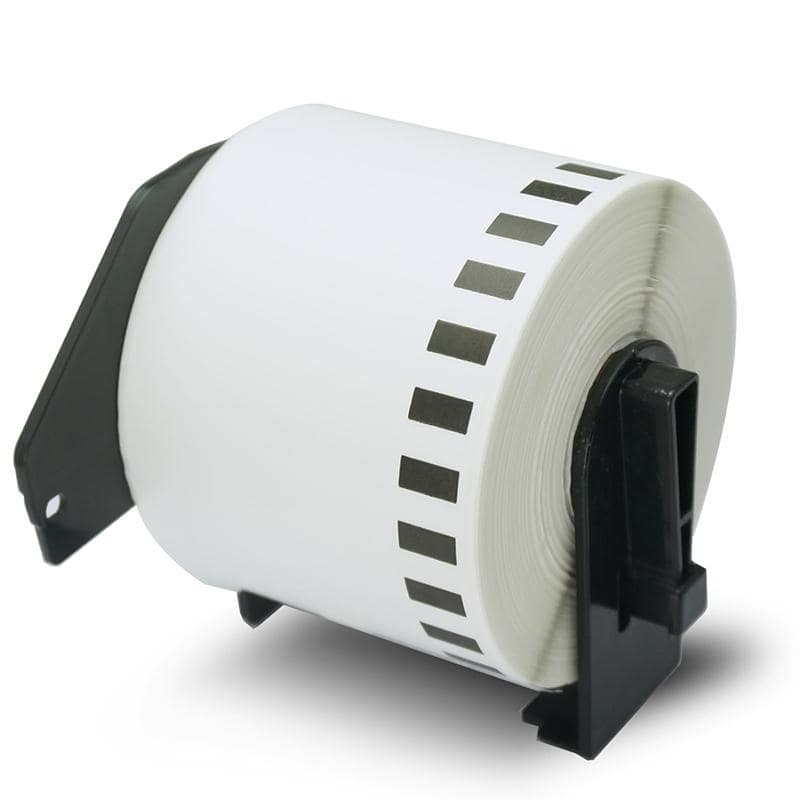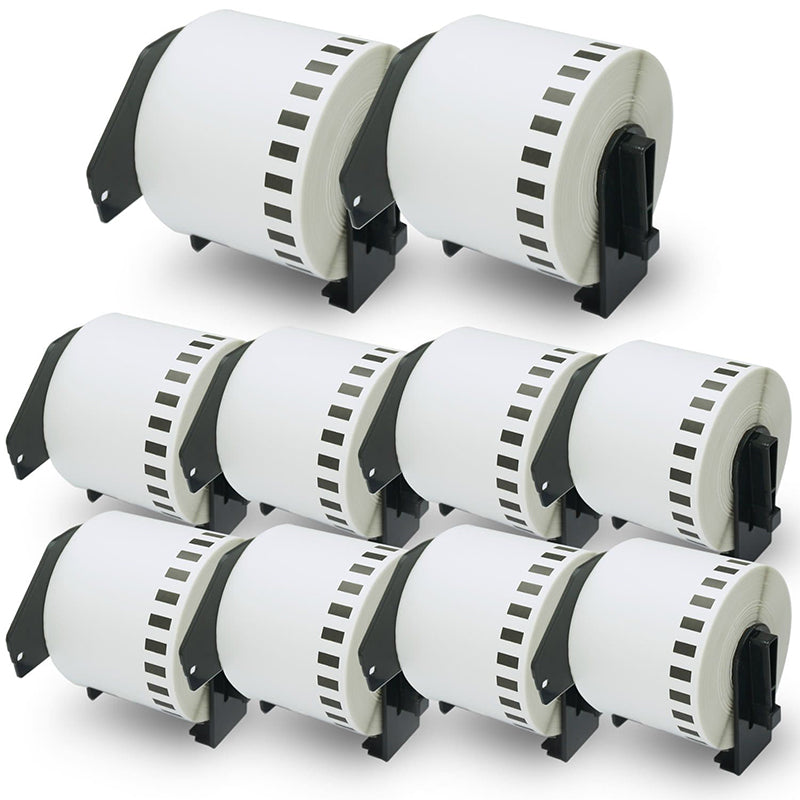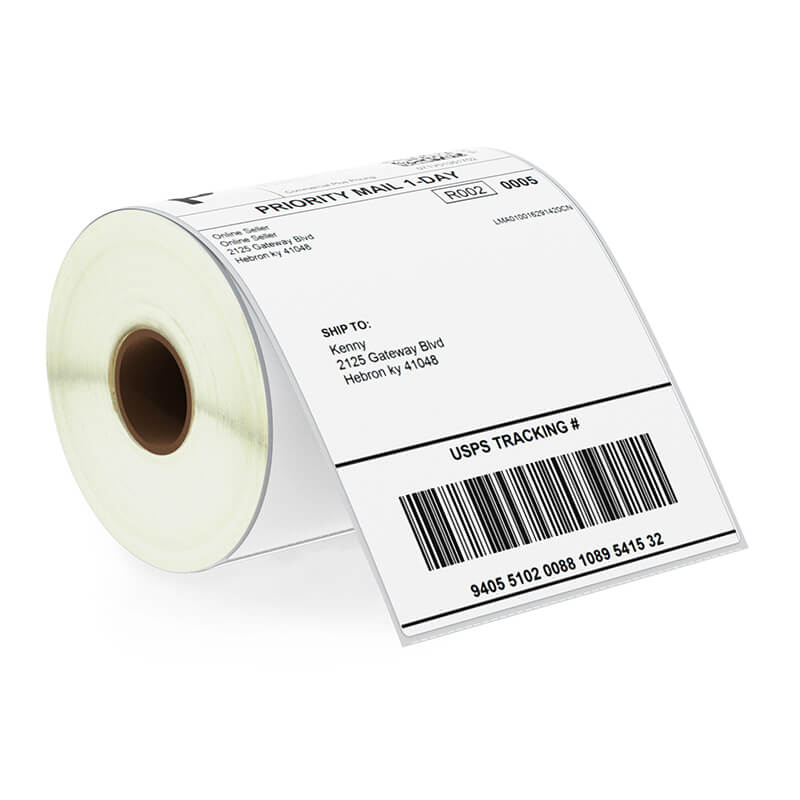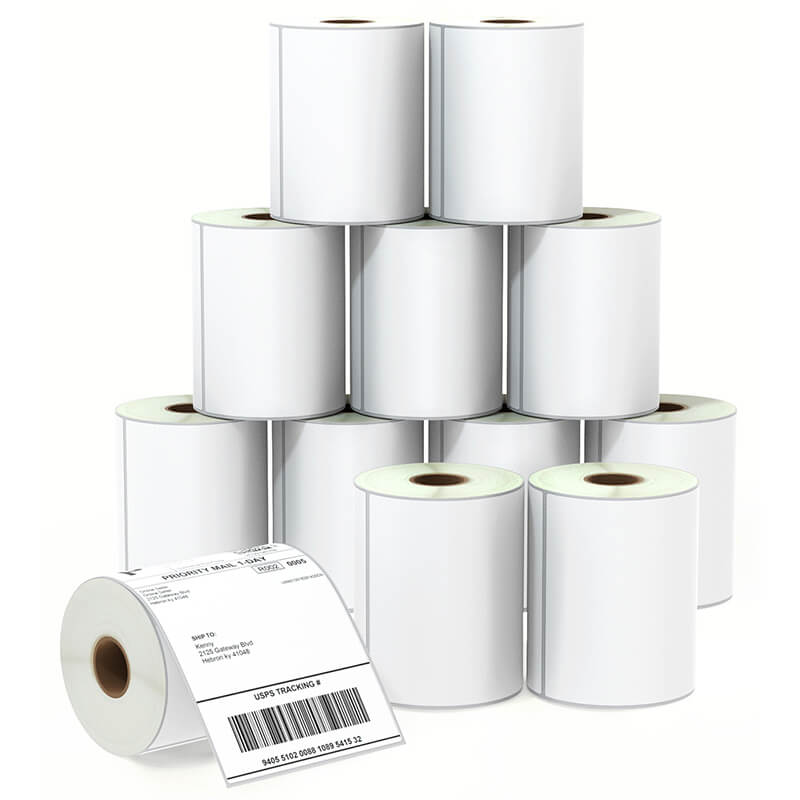Helpful tips about applying labels in winter months
Ever think why it can be so difficult to get your thermal labels to stick in cold weather?

You may notice problems with:
- Lower Tack (the stickiness of your label is not as strong as it should be)
- Peeling or Curling
- Labels are Falling off
You’ve come to the right place!

Labels with general purpose adhesives need to be stored at room temperature and applied at temperatures no lower than 40°Fahrenheit. If your labels are peeling or curling as the temperatures drop, it probably means the facility where you’re storing and applying labels is too cold.
For example, a customer may tell us that they having problems applying labels at good storage conditions. Come to find out, their labels have actually been stored near a shipping dock in freezing temperatures for several hours. The cold temps make a label adhesive become firm and less tacky. In either case, we would not recommend this customer to let their labels warm up to room temperature before trying to use them so that they can be restored to their maximum bind strength. Because keeping them in an overheated space, that could cause the adhesive to dry out.
Another factor to consider is how much humidity drops in cold weather. We all known, humidity is a lot lower in the winter than in the summer, so it will make labels lose moisture and liners will start to shrink and curl. In this cases, using a humidifier is highly recommended. You will find humidifying your storage and work areas will even reduce static when you go to print your labels.
As we advise for labels exposed to warm temperatures, storing your label rolls in airtight plastic bags will help protect labels from moisture fluctuations.
Labels that apply and perform perfectly during in the summer will fail when the temperature drops if you don’t take the proper precautions.
Here are some helpful tips to avoid your labels from falling off in winter months.

1. Keep Products Clean and Free of Oil, Dust, and Other Residue
A warehoue can be a messy place.
If your labels are being stores in a dirty, dusty environment without proper enclosure, they may collect oil, dust, or other residue from surrounding areas. This negatively affects the label’s adhesion if the pollutants interfere with the application surface.
2. Products Must Be Completely Dry
While some label adhesives are designed to work on damp surfaces, all-temperature and all-purpose adhesives require drier applications. Water may make the labels to peel from their surfaces, as it is a barrier for good adhesion to the surface.
Many labels are made from a paper material, they cannot stand up to getting wet.
3. Store Your Labels in an environment that is at least 40° F
In the winter months, warehouses can get a bit chilly. In freezing temperatures, certain labels lose their tack.
Therefore, it is important to pay attention to keep your labels in a room temperature area up until application.
4. PreventLetting Batches Sit in a Cold Environment
If you intend to label a large quantity of products in cold temperatures, you should consider labeling in batches.
If you take too many labels out at once, they may start to get cold from sitting out for so long. This can lower the effectiveness of the adhesive.
5. Measure the Relative Humidity in the Facility
Relative humidity (RH) tends to drop as it gets colder. This can cause paper labels and liners to lose moisture, making the label to curl. Even film label constructions will curl, as the paper liner loses moisture and shrinks. Labels should be stored in facilities with RH levels somewhere between 40 and 55%. If it is below 20%, consider buying in a humidifier.
6. Keep your label rolls in airtight plastic bags
Store your label rolls in airtight bags. It will prevent your labels from water, oil and dust. On the other hand, it will ensure no condensation forms on the inside of the bags as they acclimate to surrounding temperature.
Only remove rolls when you are ready to apply your labels to the container.
7. Stop your labels from wrinkling during winter
Labels and their containers often shrink at different rates when subject to extreme cold, which can cause the label to pucker. This is especially a problem if labels are applied to empty plastic containers, and then transported in cold temperature. Let your labels and their containers acclimate to your facility conditions (which should be within 40 to 50% RH and above 40° F) for at least 24 hours prior to label application. This will help to prevent temperature fluctuations after application.

If possible, don’t ship your products over holidays or during the weekend, when they’re liable to be left outside in the truck for extended periods of time.













